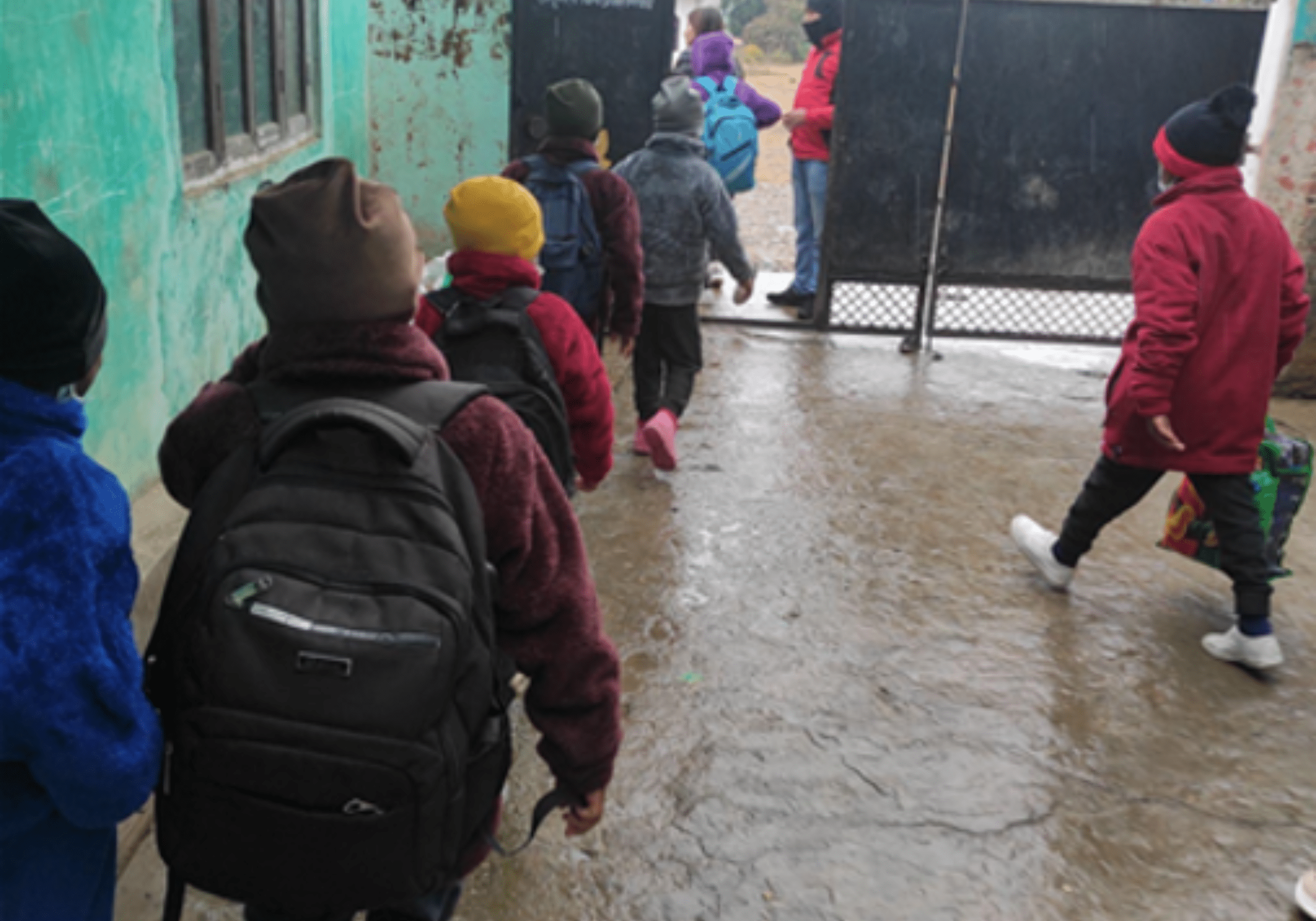Toya Homa Rai is Monitoring and Evaluation Officer, at The Himalayan Innovative Society (our partner in Nepal). This is how her team are helping the children they rescued from an abusive orphanage on their journey back to a loving family life
“For two days I cried remembering my home. When I told them, ‘I don’t want to stay here’, they said, ‘where will you go? You don’t have a home.’”
This is what Bhagya* and 27 other children shared with us about their experience at two so-called ‘childcare homes’ in western Nepal.
In January, 41 children were urgently removed from two child care homes in Surkhet District after the government discovered the homes didn’t meet minimum standards. The rescue was a joint effort between the National Child Rights Council, the District Police, and relevant government departments.
Our team at The Himalayan Innovative Society were asked to reunify 28 of the children with their families, while another organisation took on the remaining children. It takes several months to trace and prepare all the families. So, in the interim, we’ve arranged temporary care for all the children at a large house we’re renting in Kathmandu. We call it our ‘Shakti Ghar Transit Home’, which means ‘House of Power’.
We wouldn’t have been able to do this without the support of Hope and Homes for Children, who are paying for both the rent and the staff.
On 24th January, the 28 children arrived at Shakti Ghar with a warm welcome from our team. The children, who range from five to 15 years old, come from six districts across Nepal and were separated from their families under the pretext of better education and care. “We like it here a lot,” one child told us, “because at the place we were before they only scolded and spanked us.”
Now our six Reintegration Officers are busy tracing each of the children’s families and helping prepare them to care for their children back home. As part of this process, many of the children have been able to talk to their families on the phone. Some of them have not heard their family’s voices for over two years.
We have a long road ahead to help each and every child on their journey back to a loving family life, but we look forward to sharing some happy stories with you soon.
Toya Homa Rai is Monitoring and Evaluation Officer, at The Himalayan Innovative Society (our partner in Nepal)
